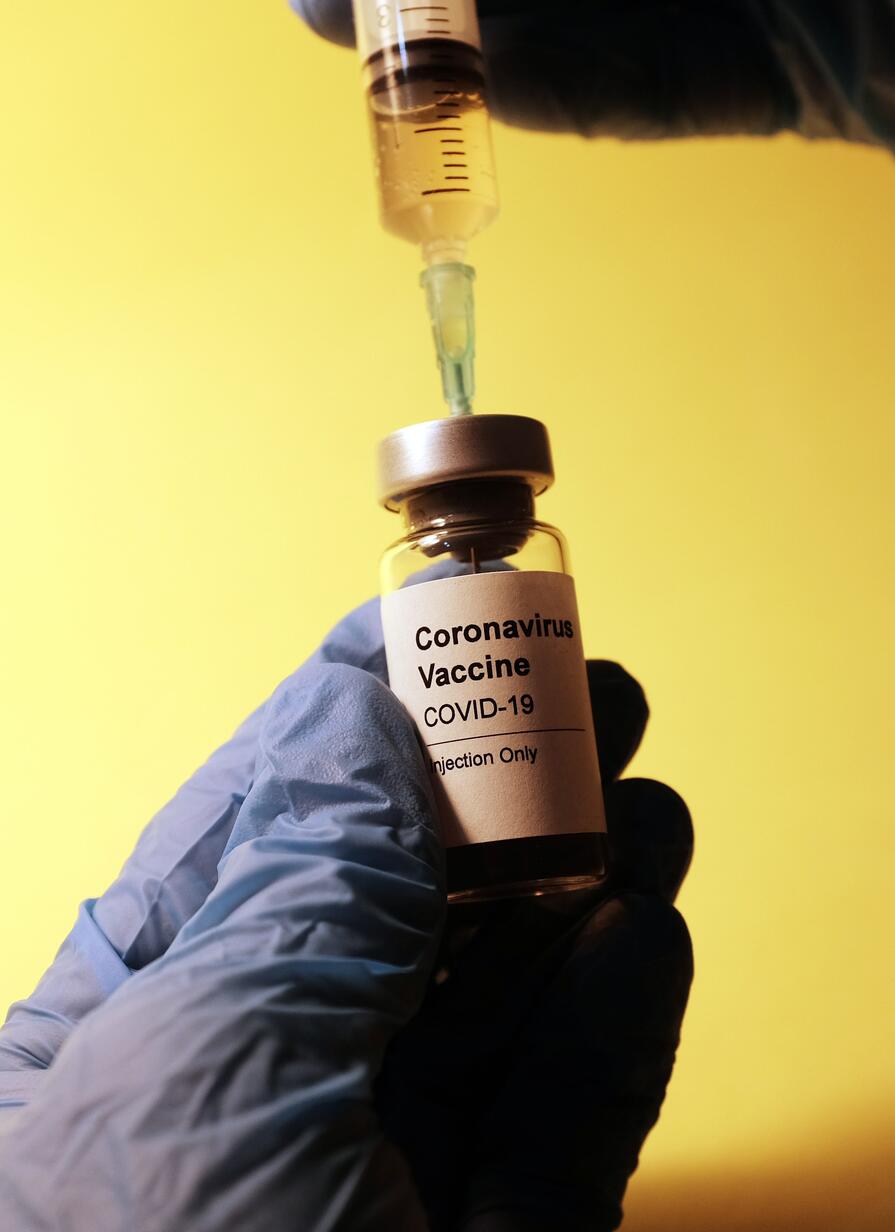By Monika Guttman
Originally published by HSC Weekly, the journal of the USC Health Sciences Campus
When the government of Wuhan, China, was looking for a partner to help develop smoking prevention programs for schools in their region, they turned to the Institute for Health Promotion and Disease Prevention Research (IPR) at USC.
As a result, the government has signed official agreements with the IPR that will begin one of the largest collaborations in preventive health across the Pacific Rim.
This month, a delegation of five physicians/researchers, including Li Yan, director of the Public Health and Anti-Epidemic Station in Wuhan, Zhang Qingwu, assistant director, and Guo Quian, Xia Jiang and Liu Chunhong came to USC's Health Science Campus for two weeks to begin what will be a collaborative study on smoking prevention in central China.
The project will address what is to date the biggest public health problem in China, according to C. Anderson Johnson, director of the IPR. "It is estimated that 100 million Chinese men currently living will die from smoking-related illnesses," he said. "About 70 percent of Chinese men smoke, and the government is interested in finding ways to address the problem."
If successful, the methods established for smoking prevention through the collaboration could be used throughout China.
Wuhan, with 6.5 million people, is one of the largest cities in central China and the educational and economic hub of central China.
Central China has been tapped for major emphasis by the Chinese government in future economic development. The Three Gorges dam project up the river from Wuhan on the Yangtze River will bring electrical power for industrial development to the region.
During the two week visit, members of the IPR met with the Wuhan officials to train them in smoking prevention protocols the IPR had already established.
"Together, we'll be developing some new measures that adapt to the culture and lifestyles found in Wuhan," said Johnson.
In addition to smoking, the IPR will assess alcohol abuse, stress, diet and nutrition, physical activity, the quality of the environment and health programs as the region undergoes rapid economic development and social change, noted Johnson.
"These changes bring a new wave of chronic diseases to China, such as cardiovascular diseases, cancer and diabetes," he said.
While at USC, members of the Chinese delegation met with Edward Avol, associate professor of research, occupational and environmental health, and John Peters, professor of occupational and environmental health, on assessing air quality as it relates to lung function, and with Mimi Yu, professor of preventive medicine, and Lisa Nicholson, instructor in preventive medicine, to develop ways of assessing dietary behavior.
These two weeks of planning and training will be followed by the visit of Dr. Tianren Fang, director of the Wuhan Public Health Bureau, to USC in April, and the visit of IPR researchers to Wuhan for pilot testing in May. Baseline measures for the longitudinal study are scheduled for October this year.



